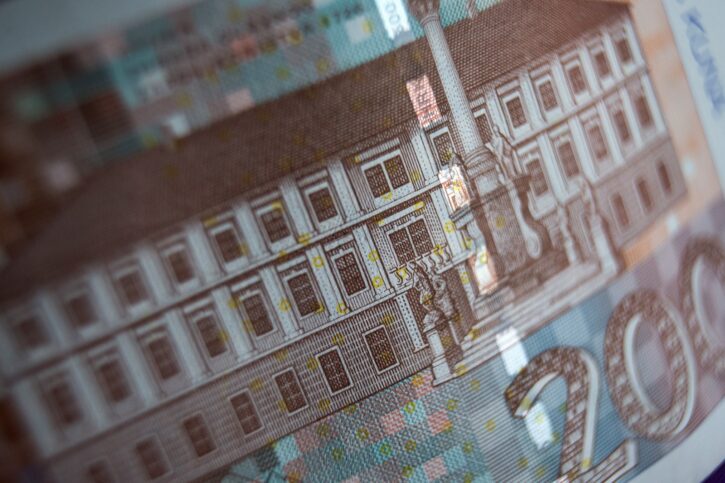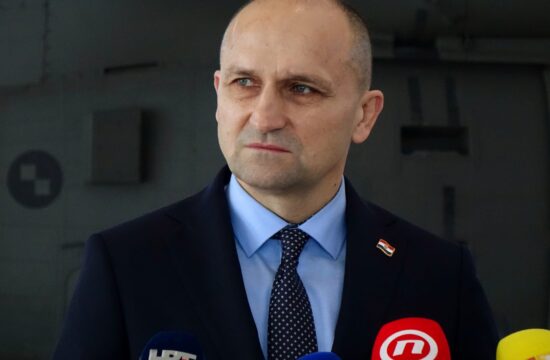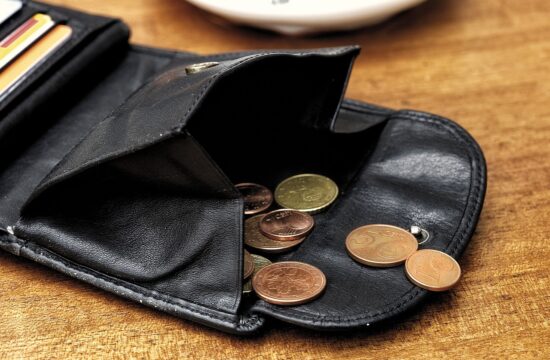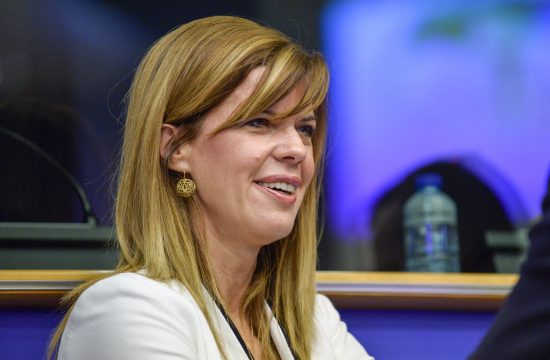
The National Recovery and Resilience Plan, a summary of which was presented at a government meeting on Thursday, envisages projects worth HRK 49.08 billion covering six areas.
Of that amount, 54% is intended for projects in the enterprise sector, 15% for education,science and research, 12% for reconstruction of buildings, 10% for public administration and judiciary, 5% for healthcare, and 4% for labour and social welfare.
Presenting the document to his cabinet, Prime Minister Andrej Plenković said that its adoption was a precondition for eligibility to obtain €6.3 billion in grants from the European Union’s Reconstruction and Resilience Facility.
“The purpose of the plan is to facilitate the government’s reform efforts as well as public and private investments and the GDP growth,” the PM said.
The document will be put on the parliament’s agenda in mid-April.
The reforms and investments in the first component of the document, that is the enterprise sector, should boost the competitiveness of the national economy, strengthen the agricultural, transport and energy sectors, improve environment protection and enhance the viability of the tourist trade through investments in tourism in the continental part of the country and through the extension of the tourist season.
The second component is aimed at increasing the efficiency of public administration, judiciary and state assets management and ramping up the fight against corruption.
The third component envisages strengthening the education and science system and putting emphasis on lifelong learning as one of the pillars of competitiveness.
The fourth component provides for a stimulus package for employment, development of skills necessary for the labour market as well as bolstering the pension and welfare system and making additional efforts to eradicate poverty and social exclusion.
The fifth component will focus on making the healthcare system more accessible and viable through its modernisation and programmes for prevention and early detection of diseases as well as the development of telemedicine and medical robotics.
The sixth component covers the reconstruction and upgrade of old buildings, including decarbonisation and construction of earthquake-resilient buildings in Zagreb and its environs.
These investments should be carried out by 31 August 2026.
In July 2020, EU leaders agreed on a comprehensive recovery plan for Europe. The Next Generation EU plan was adopted in synergy with the multiannual financial framework 2021-2027, and it should repair the economic and social damage caused by the coronavirus pandemic, kick-start European recovery and protect and create new jobs.
In the next ten years Croatia will have €6.3 billion in grants at its disposal, as well as almost €13 billion in the new multiannual financial framework, another €3.6 billion in Next Generation EU loans, most probably about €1 billion for earthquake recovery, plus almost €1 billion from ReactEU and the Just Transition Fund,” Plenković said recently.
The Recovery and Resilience Facility will make €672.5 billion in loans and grants available to support reforms and investments undertaken by member states. The aim is to mitigate the economic and social impact of the coronavirus pandemic and make European economies and societies more sustainable, resilient and better prepared for the challenges and opportunities of the green and digital transitions.
The Facility is the centrepiece of NextGenerationEU, a temporary recovery instrument that allows the Commission to raise funds to help repair the immediate economic and social damage brought about by the coronavirus pandemic.





Kakvo je tvoje mišljenje o ovome?
Budi prvi koji će ostaviti komentar!